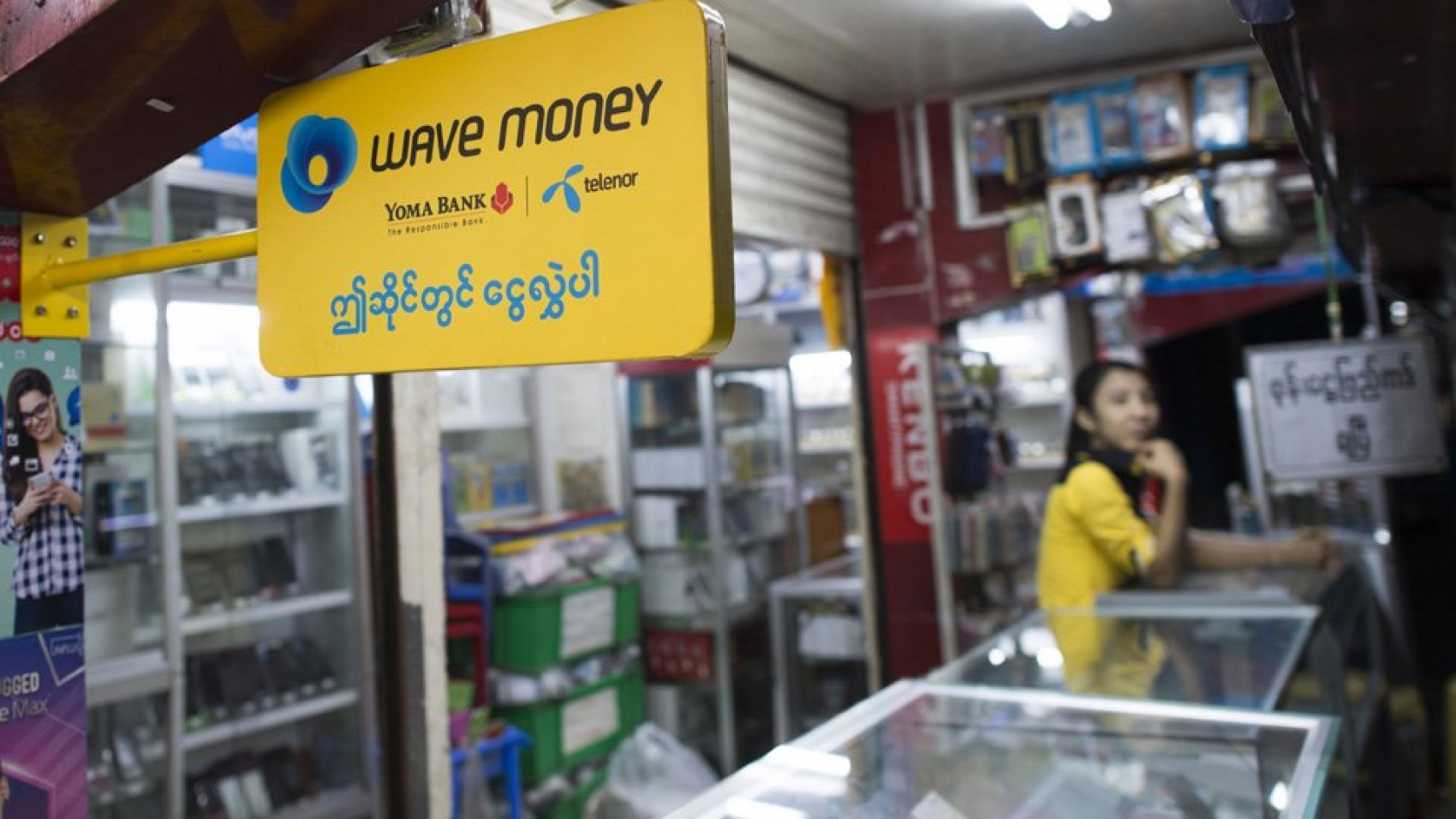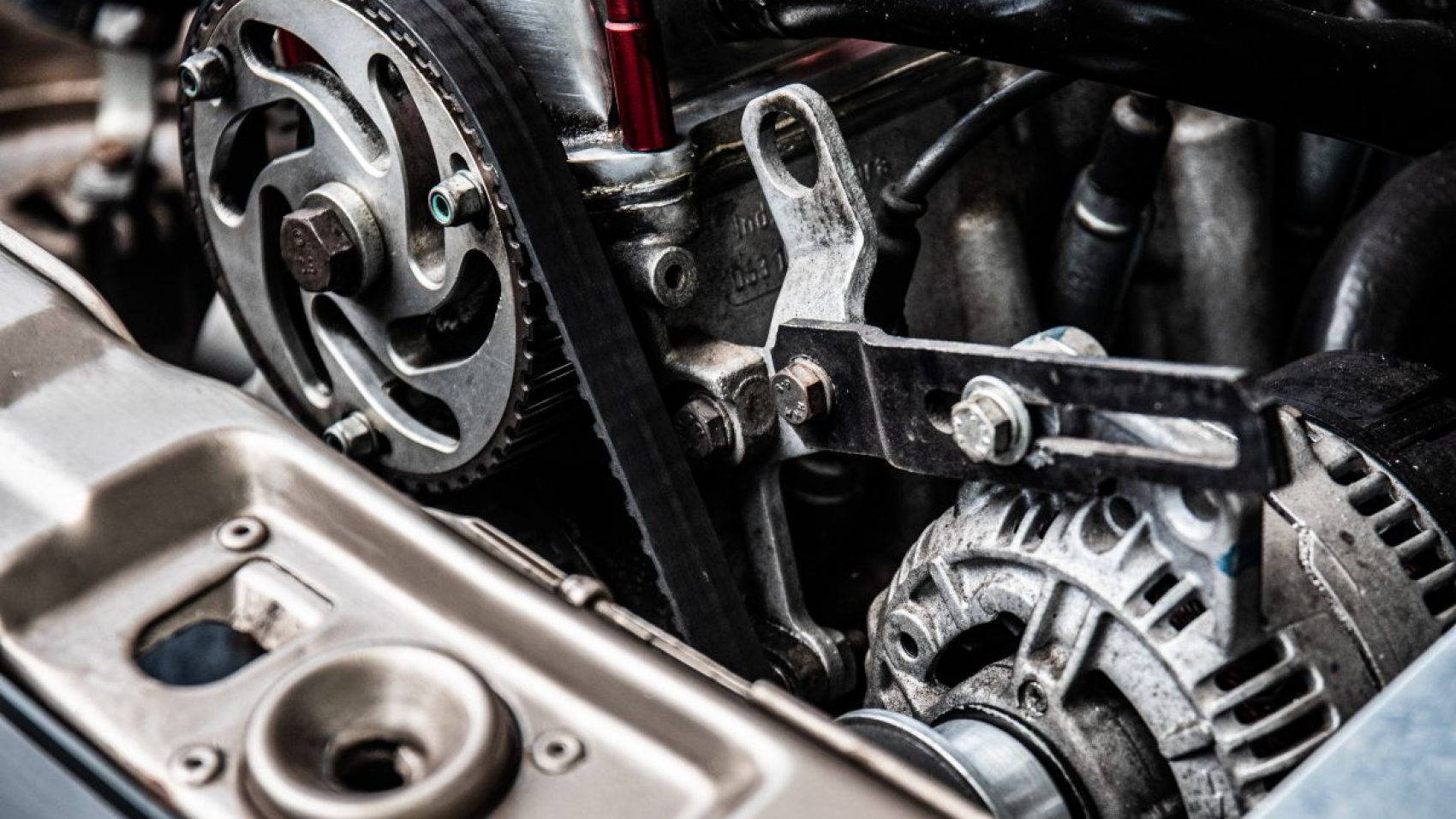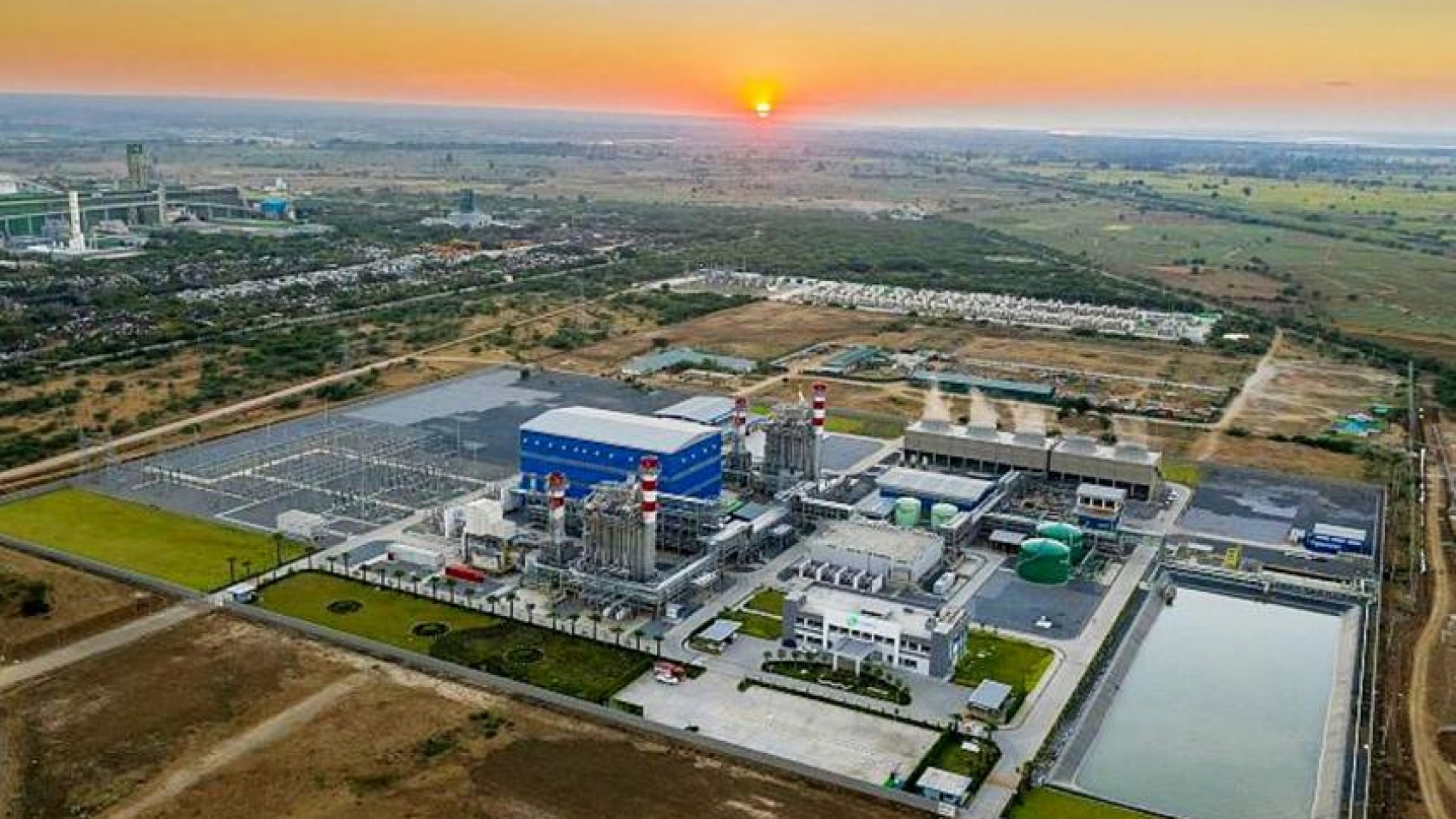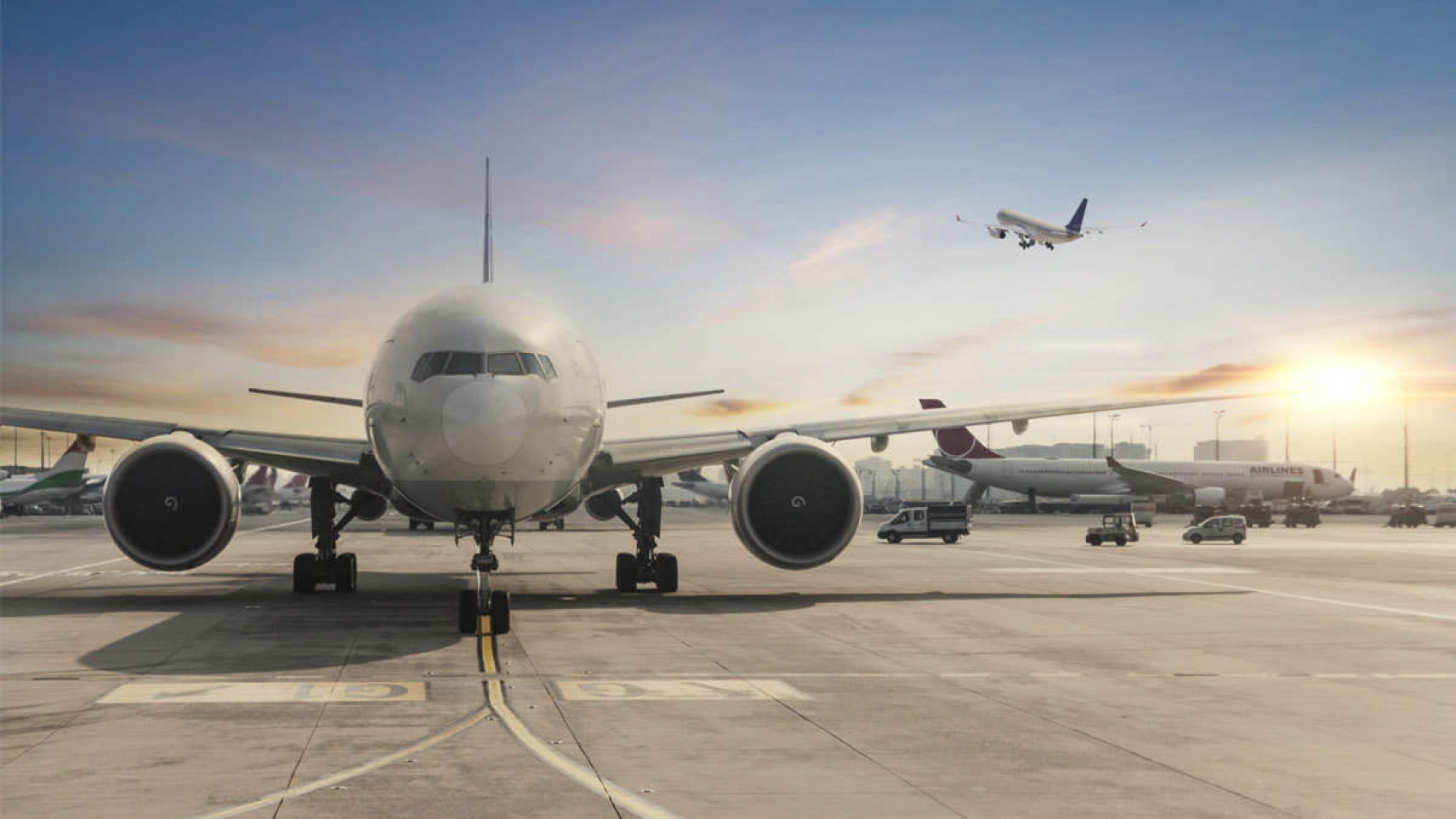According to the original estimate, the Union tax collection in the 2020-2021 fiscal year is expected to reach over 8615.777 billion kyats. The revenue collection situation of the Union is 1691429.766 million kyats in the 2011-2012 financial year, 3373296.761 million kyats in the 2012-2013 financial year; 4458776.351 million in the 2013-2014 financial year, 6517979.368 million in the 2014-2015 financial year; 6314733.657 million in the 2015-2016 financial year, In the 2016-2017 financial year, 7122430.228 million; 7423724.984 million in the 2017-2018 financial year, In the six-month period from April to September 2018, 3424,206.832 million kyats; In the 2018-2019 financial year, it received 8360303.568 million kyats, in the fiscal year 2019-2020, it was 8475667.746 million kyats and the fiscal year 2020-2021, it is planned to receive 86157777.229 million kyats.
According to the Internal Revenue Department, the annual income tax revenue was over 3,379 billion kyats in the 2019-2020 fiscal year, which was 687 billion kyats more than the previous year published by Information Unit. According to the annual special excise tax revenue, 1266912.42 million kyats from October to September of the fiscal year 2019-2020,1429120.75 million kyats from October to September of 2018-2019 fiscal year, 604924.24 million from April to September 2018; In the fiscal year 2017-2018, from April to March, 1240214.11 million kyats. From April to March of the 2016-2017 fiscal year, it received 994235.73 million kyats. According to the annual commercial tax revenue, 1877851.77 million kyats from April to March of the 2016-2017 fiscal year.
From April to March of the 2017-2018 fiscal year, 1976999.13 million kyats; from April to September 2018, 920618.14 million kyats; 2256770.20 million kyats from October to September of 2018-2019 fiscal year; From October to September of the 2019-2020 fiscal year, Ks 2,110,187.21 million was received, according to the Internal Revenue Department published by Information Unit. In the 2019-2020 fiscal year (October 2019 to September 2020), a total of 7969.397 billion kyats is expected to be collected from various taxes. 2227.964 billion kyats from commercial tax; 1348.541 billion kyats from special excise tax; 85.407 billion from office tax and stamp duty. It is expected to receive up to 165 billion kyats from the Aung Bar Lay Thein prize.
Myanmar’s annual tax revenue was Ks 1683 billion in the 2011-2012 fiscal year. 3373 billion kyats in the 2012-2013 financial year; 4459 billion in the 2013-2014 financial year; 6518 billion kyats in the 2014-2015 financial year; 6315 billion kyats in the 2015-2016 financial year; 7122 billion in the 2016-2017 financial year; 7423 billion kyats for the fiscal year 2017-2018; Between April and September 2018, Ks. 2792 billion; In the 2018-2019 financial year, 7791 billion kyats was collected. The ratio of tax revenue to GDP was 3.63% in the 2011-2012 fiscal year. 6.5% in the 2012-2013 financial year; 7.69% in the 2013-2014 financial year; 9.84% in the 2014-2015 financial year; 8.61% in the 2015-2016 financial year; 8.93% in the 2016-2017 financial year; In the 2017-2018 financial year, 8.21%; Between April and September 2018, 8.49 percent; 7.3% in 2018-2019 fiscal year and 6.61% in the 2019-2020 fiscal year.
Source: Daily Eleven




